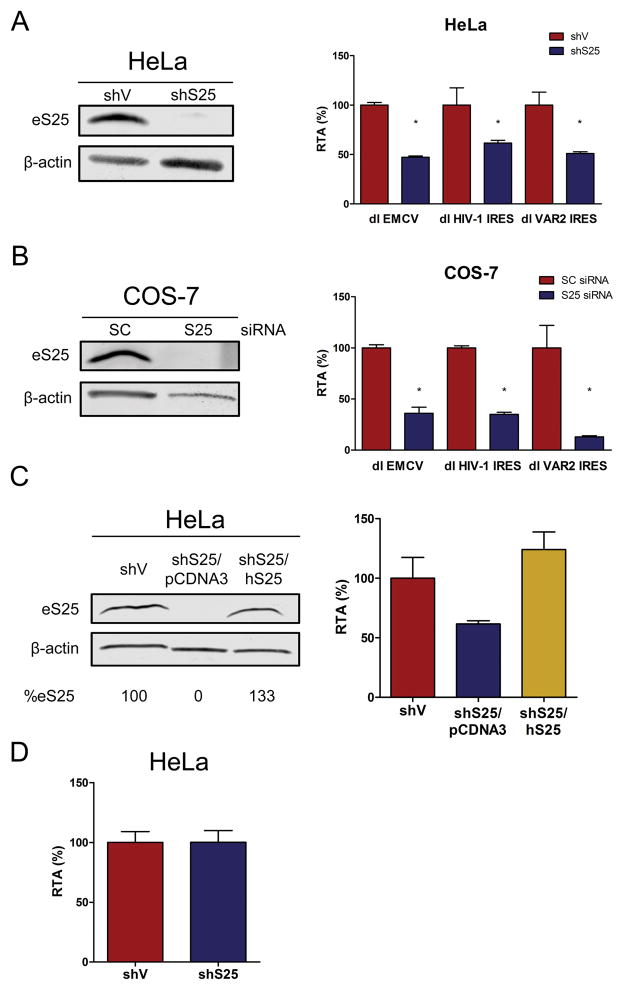Figure 4. Full HIV-1 IRES activity requires eS25.
(A) HeLashV and HeLashS25 cells were transfected with dl HIV-1 IRES or dl VAR 2 IRES plasmids together with a β-galactosidase control plasmid. (A) After 48 h total proteins were extracted and eS25 and β-actin were detected by western analysis (left panel). IRES activity was measured, normalized to the transfection control β-galactosidase and expressed as RTA (%) relative to the activity measured in the HeLashV cells transfected with pcDNA3 (right panel). (B) COS-7 cells were transfected with a scrambled RNA or a siRNA designed to target eS25 mRNA together with the dl HIV-1 IRES or dl VAR 2 IRES plasmids as indicated in Material and Methods. Knockdown of eS25 was confirmed by western (left panel). IRES activity was measured, normalized to the transfection control β-galactosidase and expressed as RTA (%) relative to the activity measured in the COS-7 cells transfected with the scrambled RNA (right panel). (C) HeLashV and HeLashS25 cells were transfected with dl HIV-1 IRES plasmid together with a β-galactosidase control plasmid and where indicated a plasmid expressing human eS25 harboring nucleotide changes that render it resistant to the shRNA, named hS25 or an empty vector (pcDNA3). After 48 h IRES activity was measured, normalized to the transfection control β-galactosidase and expressed as RTA (%) relative to the activity measured in the HeLashV cells transfected with pcDNA3 (right panel). eS25 and β-actin were also detected by Western analysis (left panel). (D) HeLashV and HeLashS25 cells were transfected with a β-galactosidase reporter that is translated by a cap-dependent mechanism driven by the CMV promoter. β-galactosidase activity was measured and expressed as RTA (%) and expressed relative to activity in the HeLashV cells standard error is shown (n=57). Statistical analysis was performed by a one way ANOVA test followed by a Bonferroni’s multiple test comparison (*P<0.05).

